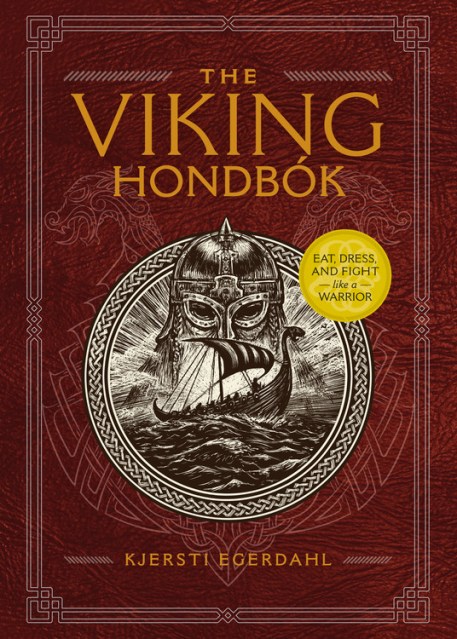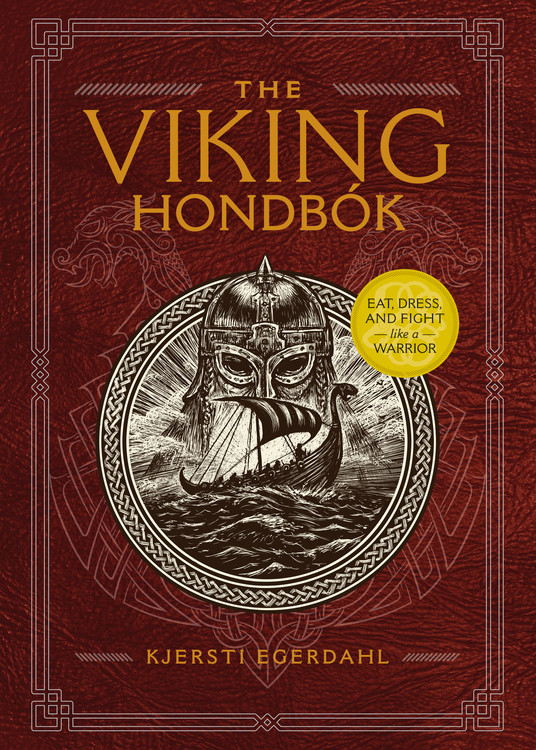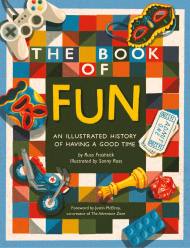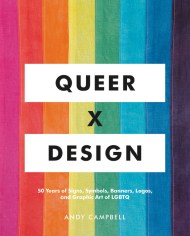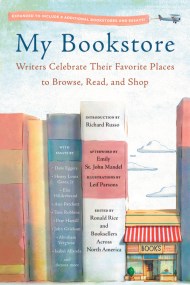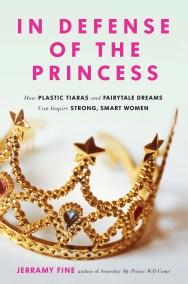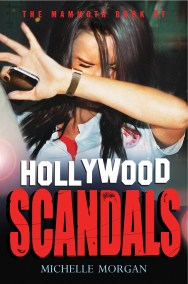Promotion
Use code MOM24 for 20% off site wide + free shipping over $45
The Viking Hondbók
Eat, Dress, and Fight Like a Warrior
Contributors
Formats and Prices
Price
$18.00Price
$23.00 CADFormat
Format:
- Hardcover $18.00 $23.00 CAD
- ebook $11.99 $15.99 CAD
This item is a preorder. Your payment method will be charged immediately, and the product is expected to ship on or around May 5, 2020. This date is subject to change due to shipping delays beyond our control.
Also available from:
Learn what it was like to live as a Norseman in this fun and fascinating look at Vikings and the Viking Age.
Vikings, those ancient Norse seafarers, have inspired plenty of pop culture phenomena, from the A&E hit show Vikings to Thor: Ragnarök, to the ever-expanding world of Viking LARP. Known for being skilled craftspeople, accomplished merchants, hardworking farmers, and masters of the sea, the Vikings were a complex and captivating people.
Inspired by the legendary legacy of the Vikings, author Kjersti Egerdahl presents a compelling and entertaining guide exploring who the Vikings were and how they lived, from ancient Norse daily life to battles and adventuring. You’ll learn how Vikings ate, dressed, and fought, and even how they weaved the perfect beard braid and built warships and weapons. Interspersed throughout is revealing historical anecdotes about Viking conquests, famous warriors, mythology and afterlife, and much more.
Genre:
- On Sale
- May 5, 2020
- Page Count
- 224 pages
- Publisher
- Running Press
- ISBN-13
- 9780762495894
Newsletter Signup
By clicking ‘Sign Up,’ I acknowledge that I have read and agree to Hachette Book Group’s Privacy Policy and Terms of Use
